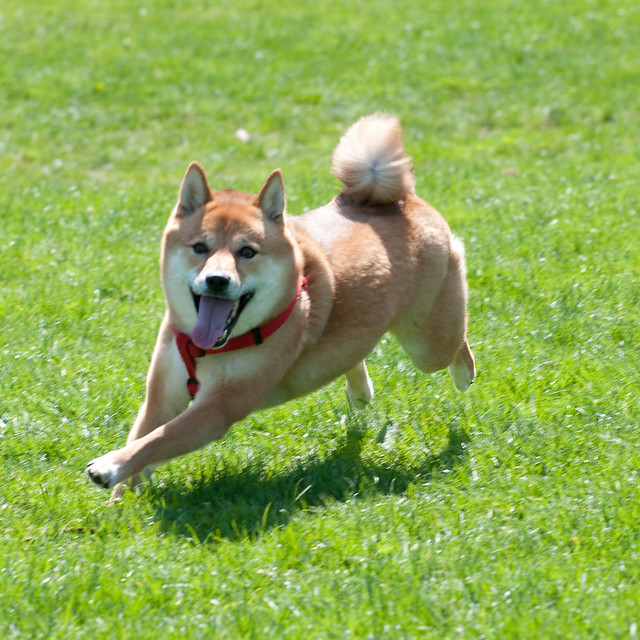1) The first word that I found for the Katakana project was エブリバーガー which is a Japanese sweet. I found this word on the box of the sweets in an Asian convenience store, m2m. This is a combination of two loan words: "Every" and "Burger." The word "burger" is borrowed from English as it is a borrowed food from a different culture. However Everyburger still uses katakana for the word "every" despite the fact that there are definitely words in Japanese for "every." The company most likely put the whole word in katakana to emphasize the product's name and logo. Many products are like this because the goal is to make a known brand name.
The next word I found was ライチとカルピス which was the flavor of a soft drink in m2m. Lychee is in katakana because it is a borrowed word from Chinese since the lychee fruit is actually from China. Calpis is the name of a Japanese soft drink. Similar to above, I would assume their company name is put in katakana to put emphasis on the brand name. However, Wikipedia explains that Calpis is actually a combination of the words calcium and sarpis (butter flavor).
2) Why does Katakana have this effect?
I think compared to Hiragana, Katakana has sharper edges and straighter lines. This makes the characters more eye-catching. This is most likely why many brands use Katakana in their products, logos, and advertisements. In many of these, the characters are usually block letters and the sharpness of the katakana characters is emphasized. This may also be why Katakana is perfect for onomatopoeias due to this attention-grabbing effect.
3) The interesting thing about katakana is the fact that it is used in many different situations. Most textbooks define katakana to be used for loan words, onomatopoeias, and to emphasize words, however many textbooks differ the definition a little bit. This could be due to the fact that katakana is a fluid script, covering for anything that hiragana and kanji cannot cover. Since the world is constantly changing, new words and expressions will always be coming up. Katakana can be used to fill the gaps for these new things. My mother, who is a linguist and also whose primary language is Japanese, explained to me that Katakana are the most simple characters in the Japanese language (which is why they were taught before Hiragana a long time ago). She believes that Katakana used for words that are further distanced from the Japanese language in meaning and origin because of this simplicity. This was quite interesting to hear because it takes my analysis (that Katakana fills the gaps left by Hiragana and Kanji) one step deeper. More interestingly though, it was surprising to me to find that a native speaker does not quite know the real reason katakana is used in this manner. This made me wonder if the usage of katakana evolved over time to what it is today. This would also be consistent with my hypothesis that katakana is used to change with the changing world.

